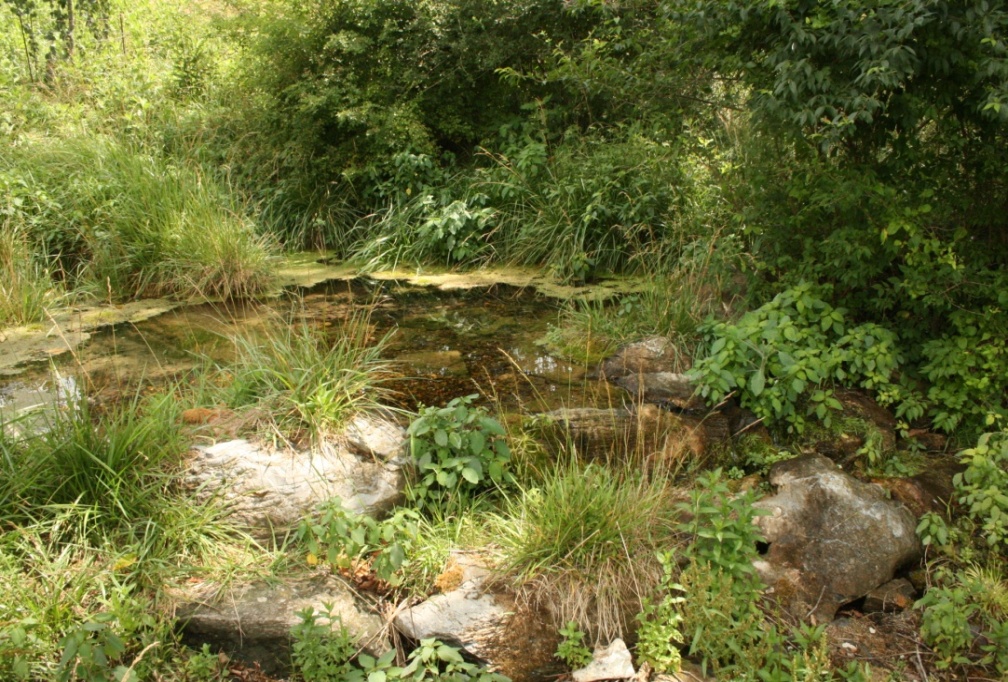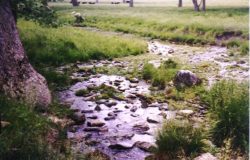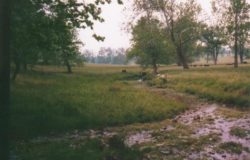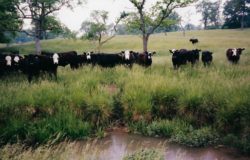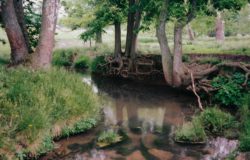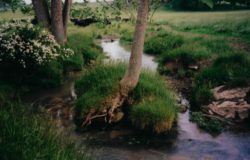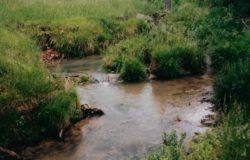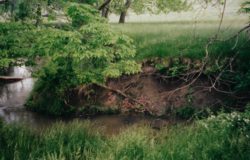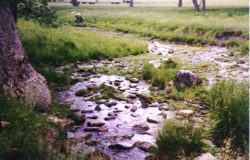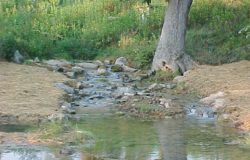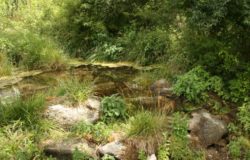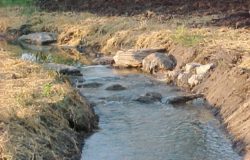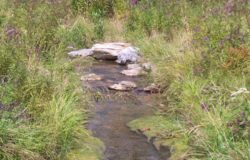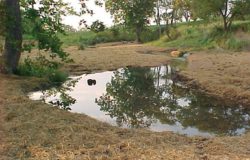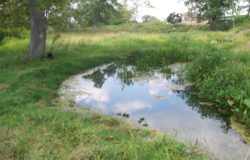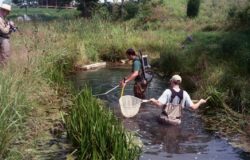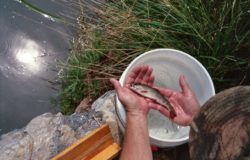Chapel Run
Chapel Run
Berryville, Virginia
Mr. Joseph Henderson, Chapel Hill Farm
Chapel Run is a tributary to Shenandoah River in the Potomac River drainage system. The project reach drains a 4.6 square mile rural watershed. The reaches of Chapel Run on Chapel Hill Farm, as well as those on the farm upstream have been significantly impacted by unrestricted livestock grazing. This project involved conducting an assessment of and developing a management plan for the 4,000-foot segment of Chapel Run on the Chapel Hill Farm and creation of 800 LF of spawning channel for Brook Trout. Mr. Powell was Project Manager, Senior Scientist, Restoration Designer and Construction Manager. Mr. Jeffrey Wolinski, Consulting Ecologist provided geomorphic assessment, biological surveying and riparian plant community assessment support services. Ecosciences, Inc. provided survey and mapping support services. The project was constructed by North State Environmental.
Technical Services:
Assessment
- Field calibrations of bankfull indicators and bankfull discharge at U.S.G.S. stream gauging stations in the Ridge and Valley region of Virginia
- Verifying the bankfull channel and developing estimates of bankfull discharge
- Field Reconnaissance of the Chapel Run watershed
- Level II – III Rosgen stream classifications and channel stability assessments
- Identifying and Surveying Reference reaches
- Surveying, mapping and evaluating the existing in-stream habitat relative to its suitability for supporting stocked populations of Brook trout
- Water quality monitoring under baseflow and storm flow conditions and continuous temperature monitoring for a one-year period
- Sampling of fish and macroinvertebrate communities over a two-year period
- Developing Restoration and Best Management Recommendations for the stream reaches and floodplain along the Chapel Hill Farm property
Design and Construction
- Developing design criteria
- Preparing Design Report
- Topographic survey and base maps preparation
- Preparing Concept, Preliminary and Final Design Plans, Erosion and Sediment Control Plans and Construction Documents
- Preparing permit application packages for local, state and federal permits
- Construction management services
PROJECT OBJECTIVES
Mr. Joseph W. Henderson, the owner of Chapel Hill Farm, was concerned about stream bank erosion, degraded water quality, damage to in-stream habitat, and the loss of land along Chapel Run on his farm. In its degraded condition, the stream also detracted from the aesthetic appeal of the natural setting the farm provides its owner. Chapel Hill Spring was conveyed from the spring house to Chapel Run via a bulldozed ditch.
Mr. Henderson views this project as a comprehensive effort. Although he intends to correct the stream channel instability problems, he also wants to improve the overall water quality and in-stream habitat of Chapel Run, as well as to better manage floodplain and upland areas. He plans to accomplish his goal by implementing a long-term restoration and management plan for Chapel Hill Farm.
Mr. Henderson is a member of the Coldwater Conservation Foundation, and a Life Member of Trout Unlimited, where he serves on the National Board of Trustees. Due to his interest in coldwater fisheries and because trout are considered excellent indicators of high quality stream conditions, he included, as another objective, developing a naturally reproducing trout population. Constructing a spawning channel that carries the cold, clear waters from Chapel Hill Spring, located on the property and stocking that spring channel with trout obtained locally would accomplish this objective. It is his hope that the trout spawned and reared in the spring channel will utilize the restored habitat along the upper reaches of the mainstem Chapel Run as water quality conditions improve.
He also hopes that this project will serve as a model for what a private landowner can accomplish and that the results will encourage other landowners in the watershed to join in restoring Chapel Run.
Phase 1 and 2 Projects
- Best Management Measures were implemented along the Chapel Run Riparian Corridor in 2001 and 2002
- Natural Recovery proceeding along the mainstem
Phase 3 Project
- Spawning Channel Construction was completed Summer 2004.
Phase 4 Project
- State fisheries biologists stocked the spawning channel with 95 brook trout adults and juveniles in Fall 2005.
- An electro-fishing survey conducted by the biologists in Summer 2006 showed good survival and growth on the stocked fish, as well as successful reproduction.
CHAPEL RUN AND CHAPEL HILL SPRING – 2000
SPRING AREA
- Existing Conditions 2000
- Post-Construction 2004
- 2008
SPAWNING CHANNEL
- Post-Construction 2004
- 2008
SUCCESSFUL REPRODUCTION 2007
